In the first example, you are modifying the list referenced by B.
Doing:
B[0] = 'shrubbery'
tells Python to set the first item in the list referenced by B to the value of 'shrubbery'. Moreover, this list happens to be the same list that is referenced by A. This is because doing:
B = A
causes B and A to each refer to the same list:
>>> A = ['spam']
>>> B = A
>>> A is B
True
>>>
So, any changes to the list referenced by B will also affect the list referenced by A (and vice-versa) because they are the same object.
The second example however does not modify anything. Instead, it simply reassigns the name B to a new value.
Once this line is executed:
B = 'dog'
B no longer references the string 'string' but rather the new string 'dog'. The value of A meanwhile is left unchanged.


